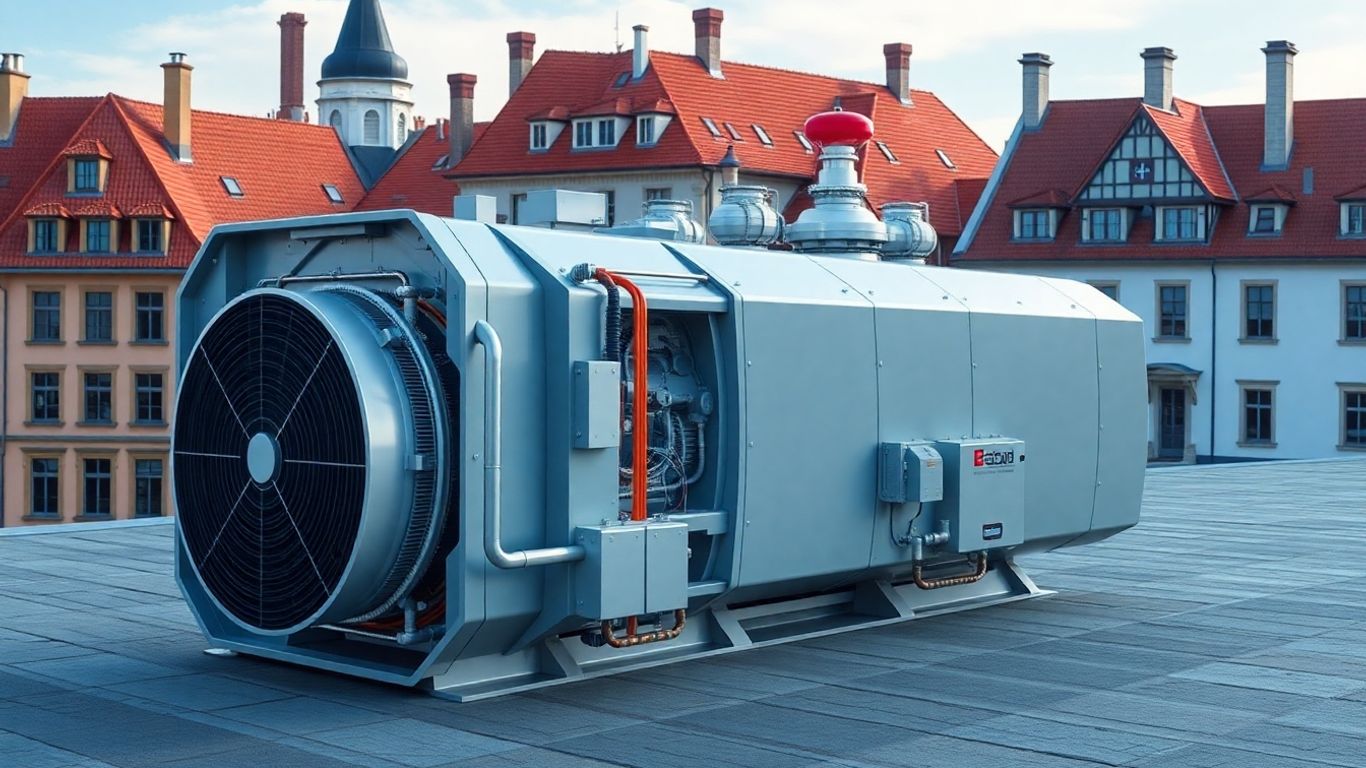A significant step forward has been taken in the development of next-generation nuclear energy, as the European consortium behind the Eagles-300 small modular reactor (SMR) has officially commenced its pre-licensing initiative. This crucial phase involves formal agreements with three international regulatory bodies, aiming to streamline the path for this advanced lead-cooled reactor design.
Key Takeaways
- The European SMR Consortium has signed agreements with three regulators to begin the pre-licensing process for the Eagles-300 SMR.
- The Eagles-300 is a lead-cooled SMR designed for potential global commercialization and deployment by 2039.
- This initiative aims to enhance standardization and harmonization for the Eagles-300 design.
Advancing the Eagles-300
The European consortium, focused on developing the Eagles-300, a cutting-edge lead-cooled small modular reactor, has entered into a formal agreement with three regulatory authorities. This collaboration marks the official start of an international pre-licensing initiative for the advanced reactor design. The consortium’s objective is to pave the way for the commercialization and global deployment of the Eagles-300, with a target of 2039.
Harmonization and Standardization Efforts
A primary goal of this pre-licensing initiative is to foster greater standardization and harmonization for the Eagles-300. By engaging with multiple regulatory bodies early in the design process, the consortium seeks to ensure a more efficient and consistent regulatory pathway, facilitating its eventual deployment across various international markets. This proactive approach is vital for accelerating the adoption of advanced nuclear technologies.
International Collaboration
The signing of these agreements underscores a commitment to international cooperation in nuclear energy development. The involvement of multiple regulators signifies a shared vision for advancing safe and reliable nuclear power solutions. The initiative is expected to benefit from the collective expertise and insights of these regulatory bodies, further strengthening the safety case and regulatory readiness of the Eagles-300.












